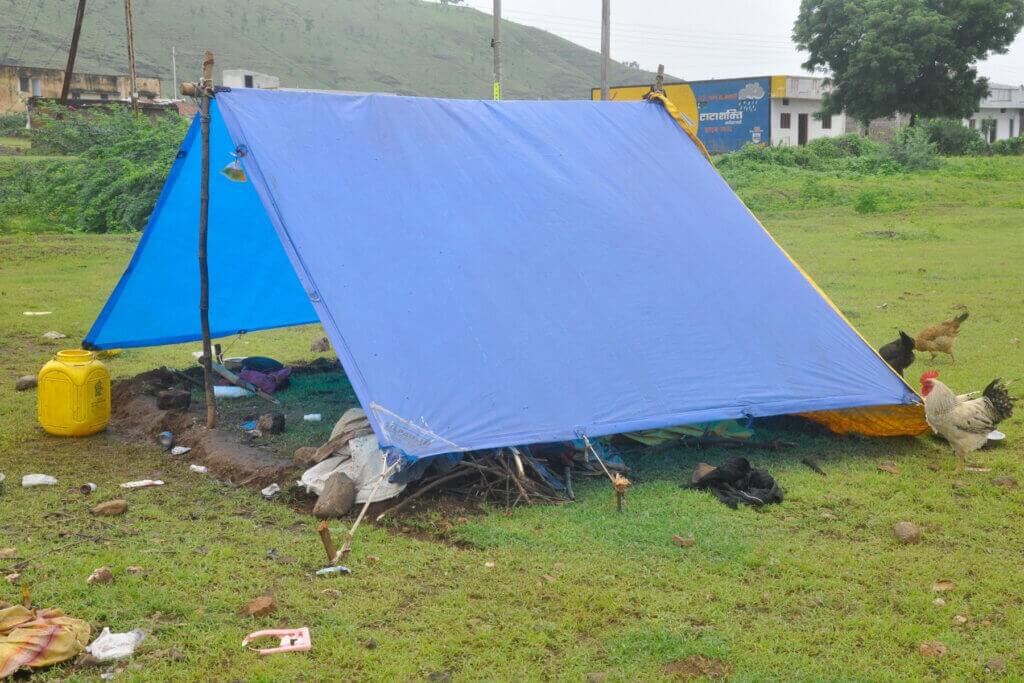Tarpaulins are versatile and underrated products. Most homeowners own at least one tarpaulin. They’re used for menial maintenance, storage, or repair activities in homes, gardens, garages, etc. Heavy-duty, waterproof tarpaulins are also critical tools in various industries. From construction to transportation to manufacturing – several industries depend on high-quality tarps for various reasons.
However, the most important role that high-quality, waterproof tarps play is in disaster management. Whenever there’s a disaster – be it man-made mayhem or a natural catastrophe, you’ll find tarps on the scene. For most aid workers and disaster prevention workers, versatile tarps are the most important tool. Tarps have a rich history in disaster management and prevention activities worldwide.
The History of Tarps in Disaster Management
The organization “Doctors Without Borders,” has been performing all types of relief and aid work since the 1970s. For 50+ years, the humanitarian agency has relied on tarpaulins to provide effective aid to areas affected by disasters. Here are the reasons why DWB, the Red Cross, and other humanitarian agencies use tarps for disaster management –
- Before tarps were used, humanitarian agencies would use plastic sheets or agricultural films to create temporary shelters, treatment centers, etc. But, these materials were extremely fragile and would deteriorate rapidly.
- Low-cost tarps, on the other hand, were far more durable. Even cheap plastic tarps were heavily reinforced during manufacturing. Hence, they didn’t break or deteriorate easily. Since the 70s, low-cost plastic tarps have been used in disaster-affected areas to create temporary shelters, treatment centers, etc.
- Modern-day tarps are much easier to manufacture and far more durable than cheap plastic tarps. They’re typically made of low-cost, synthetic materials like vinyl or polyvinylchloride. Both these materials are UV-resistant, water-resistant, and extremely durable. Emergency workers use these tarps to create cool and healthy shelters for people affected by disasters.
- Unlike their predecessors, these tarps are not prone to moisture damage or bacterial infestations. Hence, the shelters or protective structures created with these tarps are extremely healthy and fit for human use.
As the general quality of tarps improves, so does their effectiveness at disaster management tasks. Tarps have gone from experimental tools to essential items for disaster prevention agencies in the past fifty years.
How are Tarps Used in Disaster Management?
Here are some examples of waterproof, heavy-duty tarps being used to help people impacted by natural/man-made disasters –
- Create temporary roofs over homes that have been affected by tornadoes or heavy storms. In many low-income households, tarps are also used as temporary roof repairs.
- In war zones, tarps are used to create emergency shelters for innocent civilians fleeing violence. Tents made of tarps shield these people from all weather-related risks.
- During the COVID19 pandemic, tarps were used to create segregated compartments in medical centers across the globe. Waterproof, washable, and reusable tarps helped doctors in many low-income countries prevent the spread of the virus.
Tarps are incredibly versatile tools. They’re affordable – that’s why they can help people who have been affected by disasters. If you own or planning to buy tarps – this history lesson will make you appreciate these tools more!



